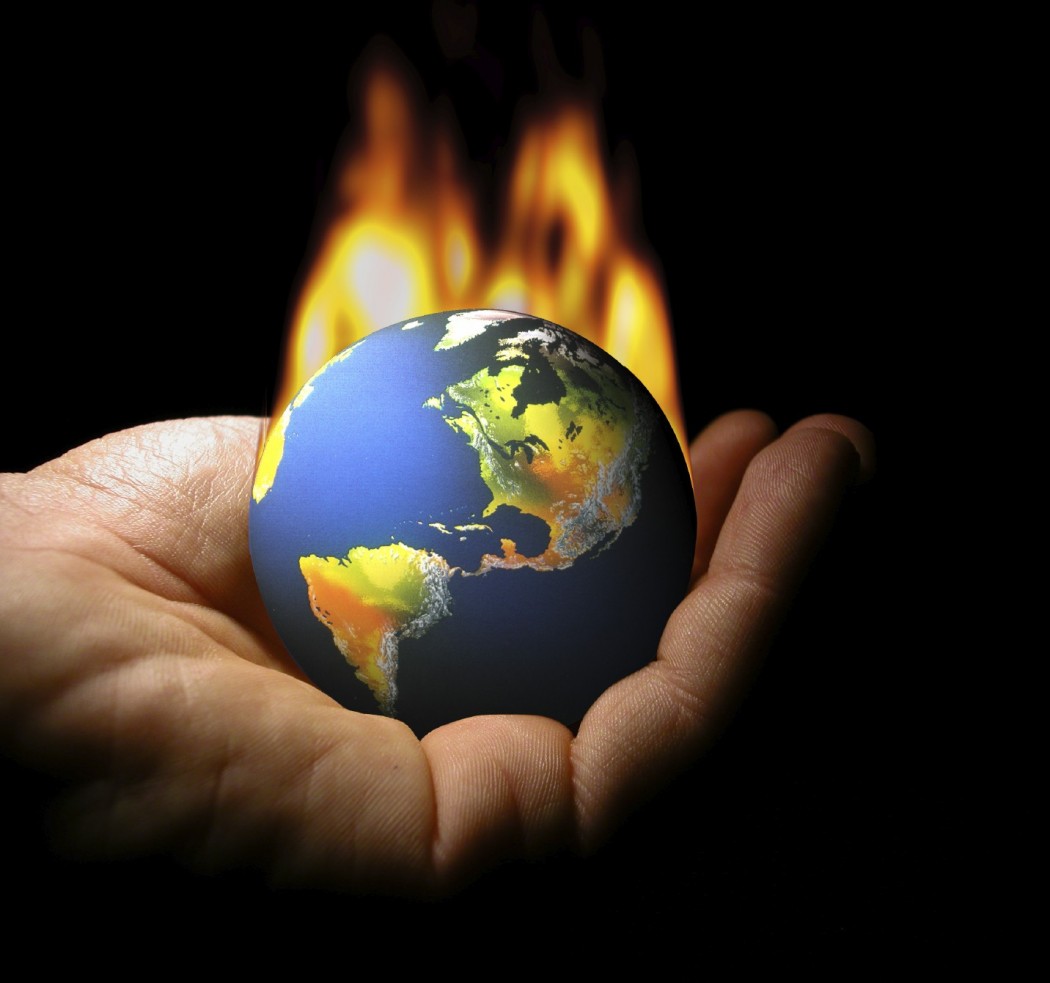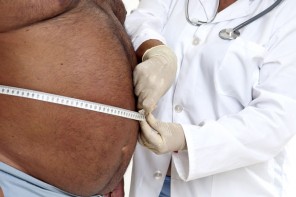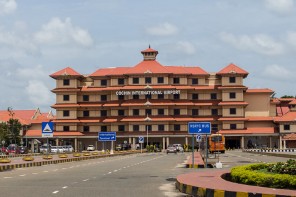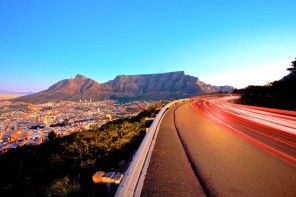At the 15th United Nations Climate Change Conference held in Copenhagen in 2009, South Africa agreed to drastically cut its emissions. We signed an agreement saying that the country will commit to reducing emissions by 34% by 2020 and 42% by 2025.
“Within Africa, South Africa is by far the largest emitter of greenhouse gases and it has therefore been key that the South African government delivers such a bold statement,” commented Morné Du Plesses, CEO of WWF South Africa, when this announcement was made.
This is a huge commitment, and even though it´s only valid if a string of conditions are met (we’re only committing to these reductions if South Africa receives funding as well as technological and capacity building from other countries), we still have a lot to do if we’re really going to meet these targets and deadlines.
How far do we have to go?
South Africa is also currently the 23rd largest emitter of CO2 emissions, accounting for approximately 1% of the world’s emissions ((423 MMTCO2e). Per capita emissions are 9.0 metric tons of CO2e (59th highest in the world), according the Natural Resources Defence Council.
According to the Africa Institute for the Environmentally Sound Management of Hazardous & Other Wastes, however, our emissions are actually higher than previously estimated.
“Precisely because of these high-carbon business practices, South Africa’s emissions are now higher than previously modelled (about 542Mt of CO2-eq), and are set to rise to over 600Mt of CO2-eq in 2020,” reads a statement on their website.
Earthlife South Africa also commented that the country’s increasing number of coal-fired power stations will ensure South Africa doesn’t meet its emission reduction targets. “This will make a mockery of any plans to reduce emissions, including the vague and weak commitments made in Copenhagen, and will defy the South African government’s own research into what would be required to keep to two degrees (470Mt of CO2-eq in 2020). As a result of the future trajectory of emissions set out by these plans, SA will not meet any of its very weak commitments made in Copenhagen,” says Earthlife.
Energy infrastructure vs emissions
2020 may seem far away, but our IRP 2 plan maps out our energy plans and infrastructure developments for the next 10 years. Construction has already begun on huge coal-burning power stations, which are needed to help South Africa avoid the rolling blackouts that crippled its economy a few years ago.
When asked how South Africa plans to offset the CO2 emission from Medupi, a response from government officials stated that “South Africa’s plan for reduction in CO2 emissions is not based on an offset structure, but rather focuses on achieving country emission reductions which are consistent with the Long Term Mitigation Scenarios (LTMS). The initiatives by Government should not be read with offsets in mind but rather be seen as country-planning that has the potential to alter the pace and path of emissions and in moving towards sustainable development, whilst ensuring stability of the region in general.”
Government’s stance on the development of more coal-fired power stations included the following: “The intention is to ensure that carbon emissions peak during 2020-2025, reaching a plateau for a decade, and then begin declining thereafter.”
Industry has a valid argument when they point out that developing countries, such as South Africa, should be allowed to grow and develop. The first commitment period of the Kyoto Protocol, which sets binding emission reduction targets for industrialised countries, ends next year. One of the key principles underlying the Kyoto Protocol is known as “common but differentiated responsibilities” – while all countries need to reduce their emissions to curb climate change, developed countries need to assume greater responsibility for the damage that has been caused.
Planning our development is key
On 20 October, Minister Edna Molewa of the Department of Environmental Affairs, addressed the media on government’s National Climate Change Response Policy which was recently approved by Cabinet. The development of the policy has a long history – starting over six years ago – and it will guide government’s approach to climate change impacts and South Africa’s transition to a climate resilient and low-carbon economy.
“Like other countries, the number one threat to our sustainable development, economic growth and quality of life is related to the impacts of climate change. Early impacts are being felt on agricultural production, food prices and food security, which will have disastrous social and economic consequences if we do not take bold steps to address climate change. The South African government is committed to playing its part in ensuring that we take active and bold steps to respond to this lurking threat,” said Molewa.
The policy also notes that South Africa’s response to climate change has two objectives:
- to effectively manage the inevitable climate change impacts through interventions that build and sustain South Africa’s social, economic and environmental resilience and emergency response capacity; and
- to make a fair contribution to the global effort to stabilise greenhouse gas (GHG) concentrations in the atmosphere at a level that avoids dangerous anthropogenic interference with the climate system within a timeframe that enables economic, social and environmental development to proceed in a sustainable manner.
Find out more about South Africa’s overall strategic approach for climate change response here.











